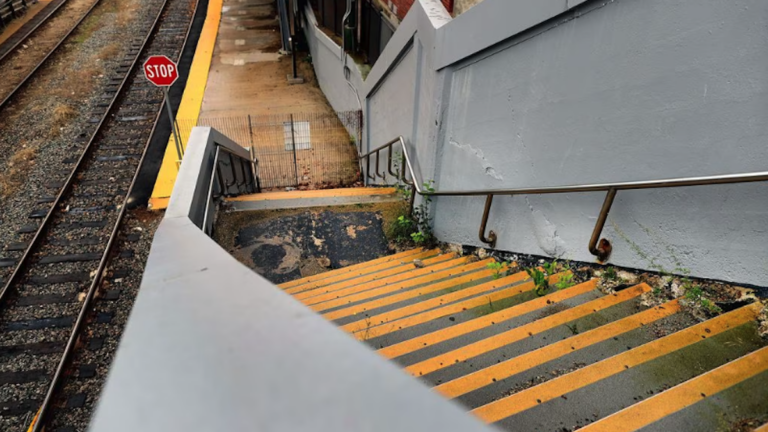Update on MBTA recovery from COVID-19 pandemic in terms of ridership.
Still hovering at 53%, no major changes. Last winter there was a more sharp drop in January 2022.
No noticable change in Green Line ridership after the GLX.
View attachment 34868
Route 80 saw huge ridership plunges. Route 87 is seeing ridership recovering slightly, a continued trend post-COVID. Route 86 appears lower during the late winter months. Routes 88 and 89, as well as Route 90 to an extent, saw the GLX eat out a chunk of ridership. As such, it is likely that some riders, who would've taken a bus from Winter Hill to Sullivan, say, on the 89 bus, (or 90 buses), are switching to the Green Line instead, as opposed to hopping on the Orange Line at Sullivan from the 89 bus. Slight drop in Roue 94 and 96 ridership.
View attachment 34869View attachment 34870
View attachment 34872View attachment 34873 View attachment 34874
View attachment 34871
The next bus schedule change for buses is March 12th, 2023, as such, there may be frequency changes to buses in about a week's time. I may update the MBTA frequency map for the final time, if the MBTA's BNRD bus network redesign will rollout beginning first changes in June 2023. It's not known if it's still the case or if it'll pushback to fall 2023.




